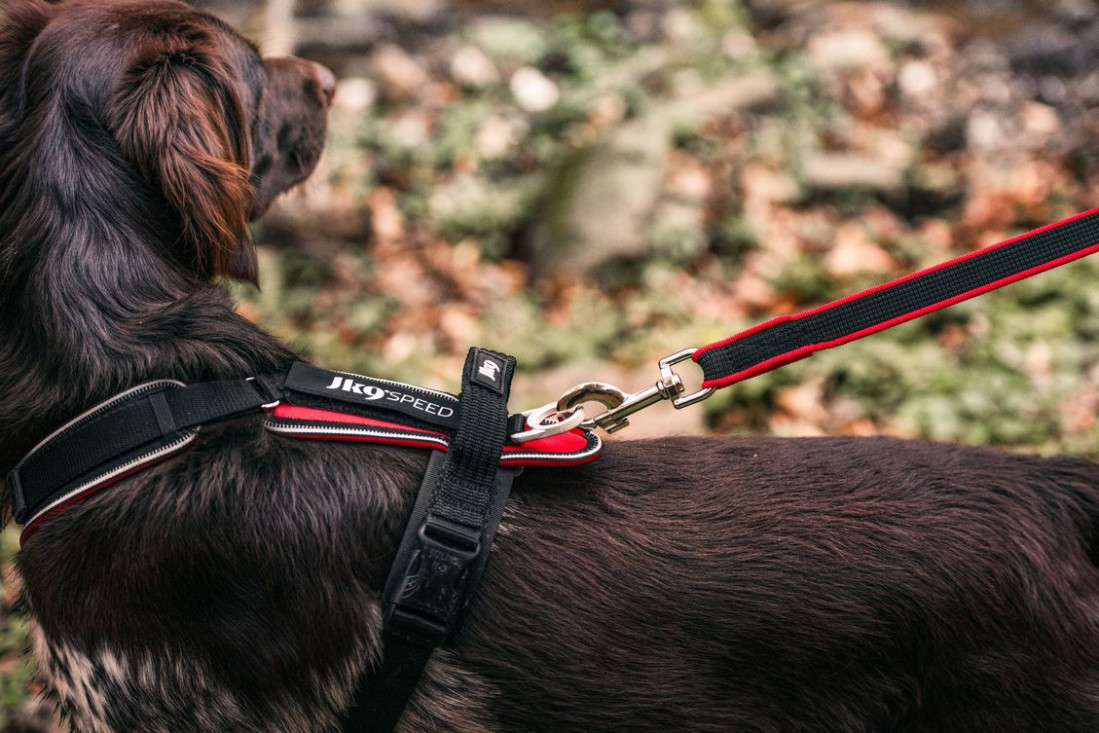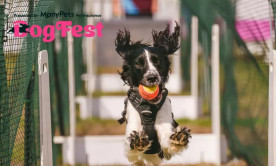If you find your dog’s harness moves around and slides to the side, than this is a sign that the harness is not fitted correctly.
A correctly fitted harness should stay in place at all times. It should be snug against the dog’s chest, back, and belly, but not too tight. The rule of thumb is that you should be able to fit two fingers between the harness and the dog’s body.
Why harnesses slip out of position
If the harness slides out of position it could mean the fitting straps have not been secured correctly.
Tight straps will restrict your dog’s movement. If you see your dog walking uncomfortably than this is a sign that the straps have been tightened too much. Loose straps will mean the dog can escape from the harness and the pressure distribution will not work as intended and provide poor control. This could also injure the dog.
Another reason could be that the harness is simply the wrong size. A harness that’s too big or too small will shift out of position, slide to the side, or ride upwards. This can be dangerous as the dog could slip out of the harness or the harness could cause them harm.
See our How to fit and measure your dog for a harness guide for more information.
Use a front and back clip harness
For highly energetic dogs that need more control, you could consider using a double attaching dog lead. These are leads that fit to two points of a harness: clipping to the chest and to the back.
This provides extra control and is designed to distribute pressure more evenly over the dog’s body. Harnesses with a front clip should have a wider chest plate to help with the pressure distribution. This wider surface area on the front will also keep the harness in place, helping to prevent it slipping to one side.
For more information on how to use double ended dog leads, see our guide.
Don’t overload the harness
If you find the harness consistently slides to one side and are sure it’s fitted correctly, than it might be imbalanced. This might be caused by overloading saddle bags or adding too many accessories (like torches and poop bags) on one side of the harness.
Your dog is pulling too much
If you have an overly excitable dog, then they might pull on the lead a lot. This continued pulling can jostle the harness out of position. Using chest straps and double ended leads can help improve your control over the dog as well as keep the harness in place. However, the best prevention against pulling is training.
There is no such thing as a completely no pull harness. No pull equipment is designed to limit the dog’s ability to pull and reduce strain. To avoid your dog constantly pulling away from you, they need to be trained in leash discipline.
See our How to stop your dog pulling on the lead article for training tips.





